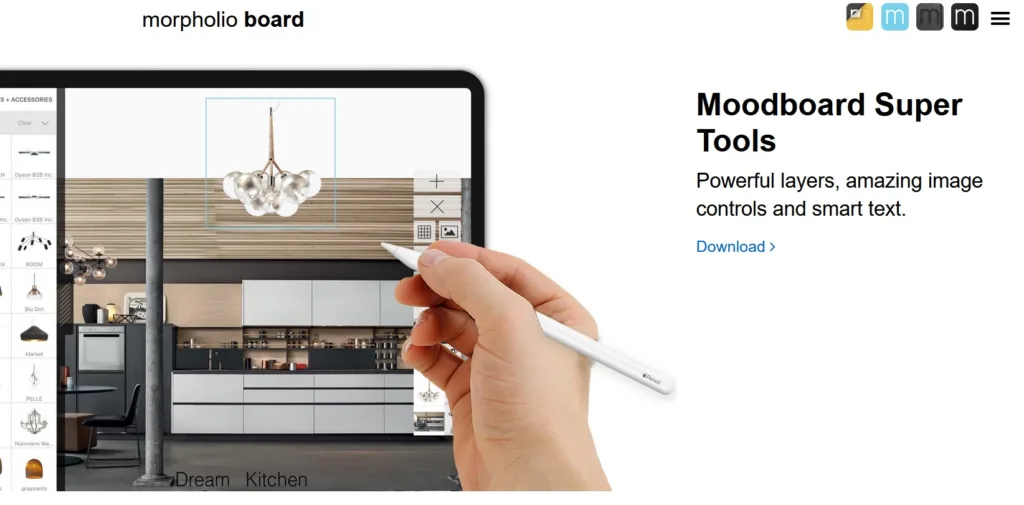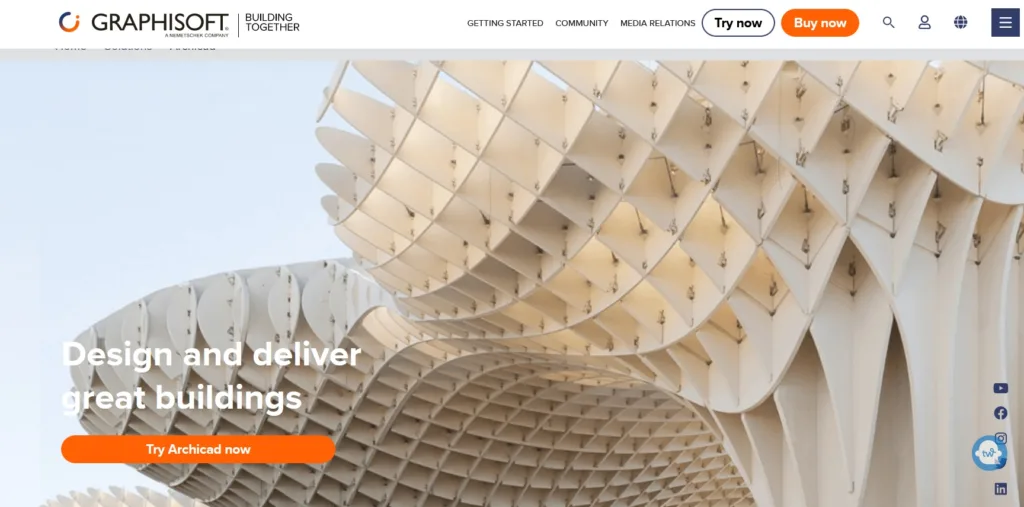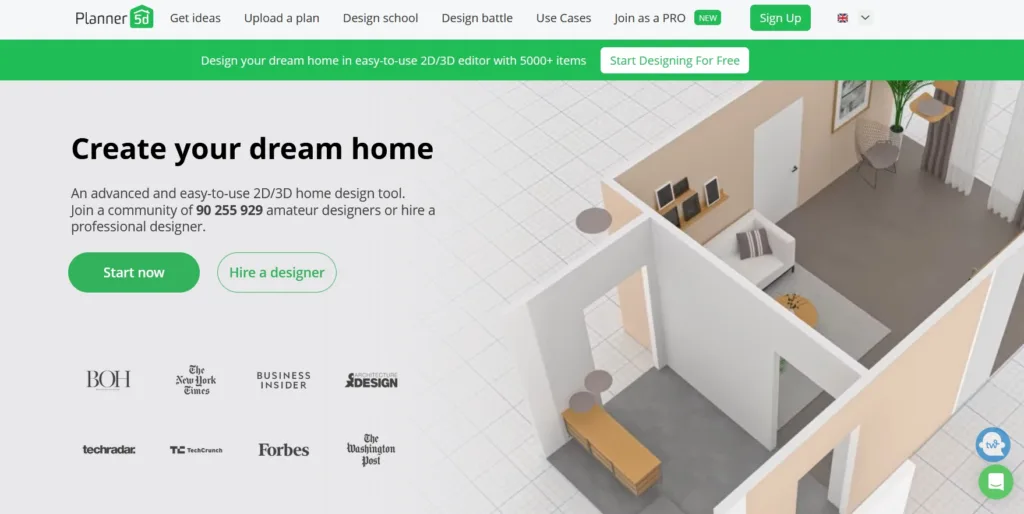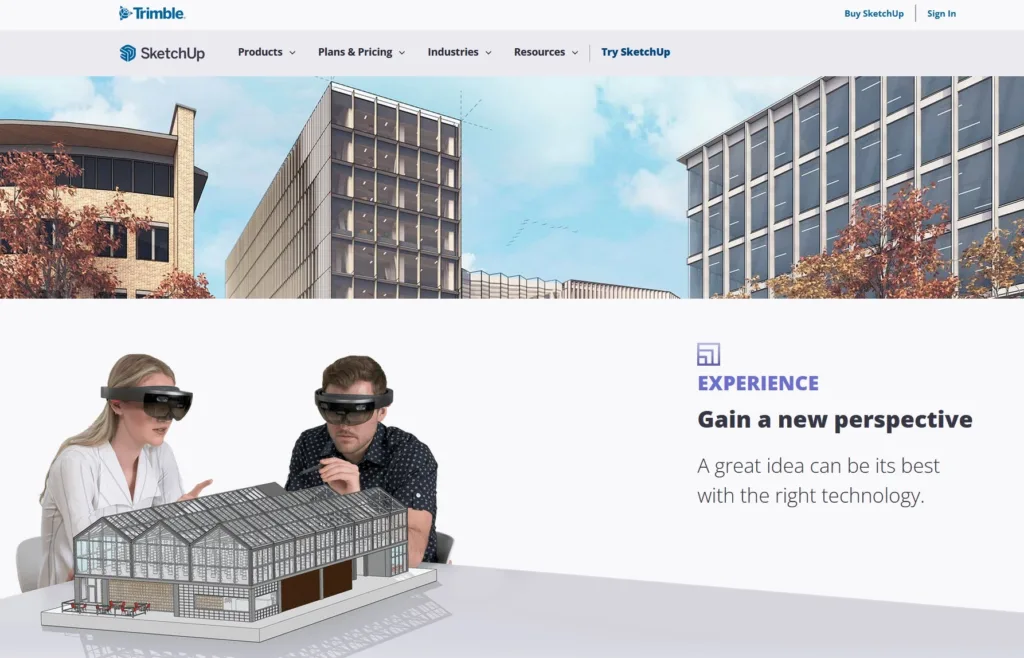In recent years, the field of architecture and interior design has witnessed a significant transformation through the integration of Artificial Intelligence (AI) technology.
AI has revolutionized the way architects and interior designers conceptualize, create, and present their designs.
With its advanced algorithms and data-driven capabilities, AI has become a powerful tool, empowering professionals in the industry to push boundaries and achieve new levels of creativity, efficiency, and innovation.
We are gonna explore the profound impact of AI technology in revolutionizing architecture and interior design, highlighting the benefits and opportunities it brings to the field.
Enhancing Creativity and Design Innovation
AI technology provides architects and interior designers with new avenues for creativity and design innovation.
By leveraging AI-powered tools, professionals can generate alternative design options, explore unconventional ideas, and push the boundaries of traditional design norms.
AI algorithms can analyze vast amounts of data, including historical designs, user preferences, and cultural influences, to inspire fresh and innovative design concepts.
Streamlining Design Processes
One of the significant advantages of AI in architecture and interior design is its ability to streamline design processes.
AI-powered software and tools enable professionals to automate repetitive tasks, such as drafting blueprints or creating 3D models.
This automation saves time and effort, allowing architects and interior designers to focus more on the creative aspects of their work.
Moreover, AI facilitates seamless collaboration and communication among team members, improving overall project efficiency.
Data Analysis and Insights
AI’s data-driven capabilities play a crucial role in architecture and interior design.
By analyzing vast amounts of architectural and design data, AI algorithms can provide valuable insights and inform decision-making.
This analysis includes factors such as building codes, material properties, and energy efficiency considerations.
Architects and interior designers can leverage these insights to optimize designs, enhance functionality, and improve user experiences.
Visualization and Virtual Reality
AI technology, in conjunction with virtual reality (VR) and augmented reality (AR), enables architects and interior designers to create immersive experiences for clients.
Through AI-powered visualization tools, clients can virtually walk through spaces, interact with elements, and visualize designs in realistic detail.
This enhances client engagement and facilitates better communication and understanding of design concepts.
Material and Product Selection
Selecting the right materials and products is crucial in architecture and interior design.
AI technology can assist professionals in this process by recommending suitable options based on design requirements, sustainability criteria, and budget constraints.
AI-powered systems can analyze vast databases of materials, finishes, and products, providing architects and interior designers with tailored suggestions and saving them significant research time.
Sustainable Design and Energy Efficiency
With the increasing emphasis on sustainability, AI technology offers valuable assistance in designing energy-efficient and environmentally conscious buildings.
AI algorithms can analyze factors such as daylighting, thermal performance, and HVAC systems to optimize energy consumption and reduce the carbon footprint of designs.
By integrating AI tools, architects and interior designers can create eco-friendly spaces that align with green building standards.

Continued Learning and Improvement
AI systems learn from historical design data and user feedback, enabling continuous learning and improvement.
By analyzing past successes and failures, AI can assist architects and interior designers in refining their design processes, predicting outcomes, and making more informed decisions in future projects.
Boosting Design Progression: AI Programs for Faster and Innovative Architecture and Interior Design
AI Programs for Architecture and Interior Design:
Autodesk’s Generative Design:
Revolutionize your design process with Autodesk’s Generative Design.
This AI-powered program uses algorithms to explore numerous design possibilities, enabling architects and interior designers to generate innovative solutions quickly.

Iris VR:
Experience your designs in virtual reality with IrisVR.
This AI-driven platform allows architects and interior designers to create immersive, interactive walkthroughs, helping clients visualize spaces and make informed decisions.

Morpholio Board:
Boost your creative process with Morpholio Board.
This AI software assists in material selection and design ideation by providing a curated library of products and finishes, streamlining the research phase and encouraging innovative design choices.

Space Designer 3D:
Take advantage of Space Designer 3D’s AI capabilities to create fast and accurate 3D models.
This user-friendly program offers intuitive design tools and real-time collaboration features, enhancing productivity and facilitating faster design iterations.

Archi CAD:
Enhance your architectural design workflow with ArchiCAD’s AI-driven features.
This software incorporates machine learning algorithms to automate repetitive tasks, generate detailed construction documentation, and improve overall efficiency.

Planner 5D:
Tap into Planner 5D’s AI technology to create stunning interior designs effortlessly.
With its AI-powered room recognition and object placement, this program simplifies the design process, allowing for quicker and more innovative interior design concepts.

Coohom:
Transform your interior design presentations with Coohom’s AI-powered rendering capabilities.
This platform offers realistic 3D visualizations and virtual staging, enabling designers to showcase their ideas effectively and impress clients.

SketchUp with AI Extensions:
Supercharge your SketchUp workflow with AI extensions like Skimp and Profile Builder.
These AI-powered tools enhance modeling speed, accuracy, and customization, facilitating faster and more innovative design iterations.
AI Plugins in SketchUp: Veras AI & Arko AI

Enscape
Bring your architectural designs to life with Enscape’s AI-powered real-time rendering.
This program provides instant visual feedback, allowing architects to explore design alternatives efficiently and make informed decisions.

Clara. io:
Collaborate seamlessly with Clara.io’s AI-driven cloud-based platform.
This program enables architects and interior designers to work on projects together in real-time, enhancing productivity, and promoting innovative design solutions.

Conclusion
AI technology has transformed architecture and interior design, opening up new possibilities for professionals in the field.
AI enhances creativity, streamlines design processes, and provides valuable insights, revolutionizing the way architects and interior designers work.
Access to advanced AI-powered tools empowers professionals to push boundaries, optimize designs, and deliver exceptional results.
AI increases efficiency, productivity, and fosters innovation and design exploration.
Through data analysis and insights, AI enables informed decision-making and designs that cater to user needs and preferences.
Integration of virtual reality and augmented reality allows clients to visualize and experience designs in immersive ways.
AI contributes to sustainability by analyzing factors and optimizing design elements for energy efficiency and environmental impact reduction.
Staying updated on the latest AI advancements allows professionals to leverage AI tools for greater creativity, efficiency, and design excellence.
Architects and interior designers who embrace AI will lead the industry’s transformative movement, redefining the possibilities of design.




